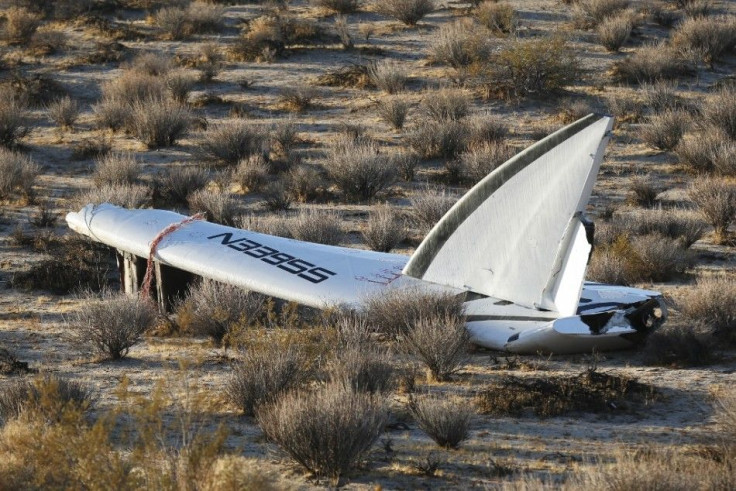Riken To Use Laser To Wipe Clear Space Debris

Because of the danger posed to Earth and the International Space Station, or ISS, by up to 500,000 pieces of space debris, some of which are travelling at the speed of 17,500 miles per hour, Japanese researchers from the Riken Research Institute are planning to use laser to wipe clear space. The use of a high-efficiency laser system will be combined with data from a high-powered telescope in Europe.
Daily Science Journal reports that the laser would shoot high-power beams, but it would need the infrared telescope of the Extreme Universe Space Observatory, or EUSO, to track the space junk that move at very high speed. The space junk are made up of obsolete parts of old satellites, rockets and spacecraft, according to the National Aeronautic Space Agency, or NASA.
Once the EUSO has focused on a space object, the laser beam will produce high-velocity plasma ablation and reduce the object’s orbital velocity. It will then deflect the object for reentry into Earth’s atmosphere.
Once hit by the intense laser beam, one side of the space object would heat up and turn into plasma. It eventually creates thrust and burns up the debris.
The method is capable of tracking and deorbiting dangerous space debris down to the size of one centimeter, said Toshikazu Ebisuzaki, chief scientist of Riken. Prior to using the new method, the researchers will test it on the ISS using a smaller 20-centimetre version of the EUSO telescope and a laser with 100 fibres.
Over the years, there have been reports of space junk falling and hitting Earth. In January 1997, Lottie Williams of Tulsa, Oklahoma, was hit on the shoulder by a shard of metal the size of a soda can while she was strolling with friends in the park. It was a piece that detached from the Delta 2 booster rocket that was disintegrating.
Williams is the only person on record hit by a falling space junk. Fortunately, because the object was too small, it only startled her but did not harm the Tulsa woman.
At least once a week, a bigger space objects fall to the Earth, but most of it land in the ocean, or vast areas like Siberia or the outback in Canada, reports PBS. The U.S. Department of Defense tracks the reentry into Earth two to three objects daily, said Lt Col Monica Matoush, the department’s spokesperson.
NASA moves the ISS, which weighs 400 metric tonnes, once or twice a year to avoid being hit by the space debris. Its critical components are shielded to withstand debris up to one centimetre.
To contact the writer, email: v.hernandez@ibtimes.com.au





















